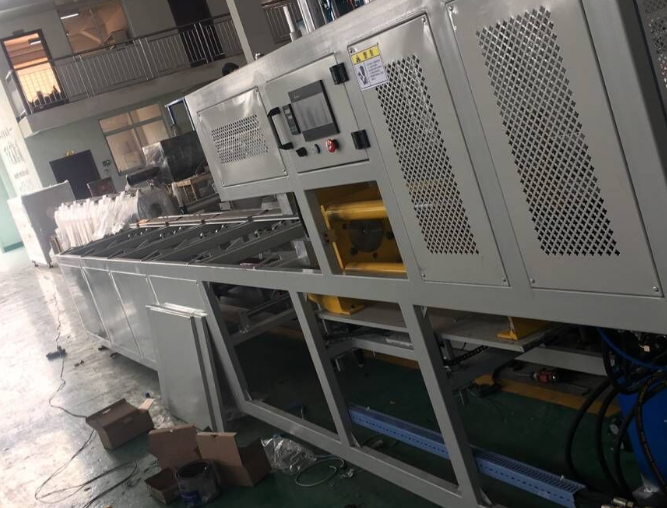Manufacturing PVC pipes requires a well-designed production line with proper machinery and quality control measures. This article will outline the typical process involved in a PVC pipe production line and some of the critical considerations that manufacturers should keep in mind.
Raw Material Preparation
The first step in PVC pipe production is raw material preparation. PVC resin is the primary raw material used in PVC pipe production, and manufacturers should ensure that it is of good quality and consistent. To achieve this, it is essential to source the resin from reputable suppliers who meet quality standards. Once the resin is acquired, it must be dried to a specific moisture level before being fed into the extruder. Moisture content in the resin can affect the final product's quality and can result in surface defects, which can compromise the pipe's structural integrity.
Extrusion
The next stage in PVC pipe production is extrusion. In this stage, the dried PVC resin is fed into an extruder, where it is heated and melted to form a molten plastic. The molten plastic is then extruded through a die to give it the desired shape and size. The extruded pipe is then cooled, and the excess material is trimmed off.

Cooling and Sizing
After the extrusion process, the pvc pipe making machine needs to be cooled and sized. The cooling process is critical to ensure that the pipe's dimensions and strength meet the desired specifications. The PVC pipe is cooled by circulating cold water around it. The sizing process is equally important since it determines the pipe's final diameter and wall thickness. The sizing is done using a sizing sleeve, which is adjusted to the desired size and shape.
Cutting and Belling
Once the PVC pipe has been cooled and sized, it is ready for cutting and belling. The pipe is cut to the required length, and the ends are belling, a process that involves enlarging the pipe's end to facilitate joining with other pipes or fittings. The belling process can be done using various techniques, including solvent welding or mechanical expansion.
Quality Control
Finally, quality control is an essential aspect of PVC pipe production. Manufacturers must ensure that each pipe meets the required specifications and standards. This can be achieved by conducting tests on samples taken from the production line. Some of the quality control measures include dimensional checks, pressure tests, and visual inspections. Any pipes that fail the quality tests must be discarded to prevent them from being used in the field, where they can cause damage or fail prematurely.
Conclusion
In conclusion, PVC pipe production involves a series of steps, starting from raw material preparation to quality control. Each stage is critical, and manufacturers must ensure that all steps are followed carefully to produce high-quality PVC pipes. Additionally, proper maintenance and cleaning of the machinery are critical to prevent breakdowns and ensure that the production line runs smoothly. By following these guidelines and taking the necessary precautions, manufacturers can produce reliable and durable PVC pipes that meet the industry's high standards.